- Shop all catagories
- Automated Valves
- Gauges & accessories
- Hydraulics
- Pneumatics
- Water Meters
- Manual Valves
- IBR Certified Boiler Valves
- Non IBR Boiler Valves
- Pipe Fittings & Flanges
CS Forged Pipe Socket 1000 Lbs / 3000 Lbs Screwed End / Socket Weld
₹20 – ₹444
Product Information
Description
Additional information
Reviews
Description
A pipe socket / coupling (or coupler) (used in piping or plumbing) is a very short length of pipe or tube, with either socket or female threads at one or both ends that allow two pipes or tubes of equal or different sizes to be joined together. Couplings are pipe fittings that help to extend or terminate pipe runs. These fittings are also used to change pipe size. It’s also used to repair a broken or leaking pipe.
Most pipe installations require several lengths of pipe to be joined together or cut to facilitate changes in direction and crossing of obstacles. This requires a fairly quick method of connecting the pipe sections while maintaining the integrity of the pipes in the process. A pipe coupling is a pipe fitting used to join two or more pipes in such a way that continuity is maintained between them.
Threaded Pipe Socket / Coupling Types:
Full Merchant Pipe socket /Coupling
Full merchant coupling is used for connecting small bore pipes. It used to connect pipe to pipe or pipe to swage or nipple. It is threaded ends types. If the two ends of coupling are different (e.g. one BSP threaded and one NPT threaded), then it is usually referred to as an adapter.Half Merchant pipe socket / Coupling
Half merchant coupling is used for small bore branching from a vessel or large bore pipe. It is also threaded ends types. Half coupling is shorter than full coupling.Reducing pipe socket / Coupling
Reducing coupling is used to connect pipes of dissimilar diameters. A reducing coupling has two different sizes of threads on each side. An example is a 3/4″ NPT to 1/2″ NPT coupling. Reducing couplings are typically used where small process feeder lines are joined into large supply circuits or where small diameter fittings are installed. Forged pipe fittings are made according to ASME B16.11, MSS-SP-79839597 and BS3799 standards. It is a connector in between nominal bore pipes. The fittings are made of carbon steel A105 and stainless steel SS316 material. The size available is from 1/8 to 4 Forged pipe fittings was named via its manufacturing forging process, which was to heat alloy steel or carbon in a transforming temperature and moulds the heated parts into their customizable shape. What are forged pipe fittings used for? A forged pipe fitting has a high quality as it has higher strength to withstand higher pressure. The wall thickness is thicker than other type of fittings for threading process or machining to socket weld end. The standard of ASME B16.11 contains pressure-temperature ratings, tolerances, dimensions, markings and material requirements for forged fittings. It is used in chemical, power generation and oil & gas industry where high pressure or extremely corrosive conditions exist.What are different types of pipe fittings?
here are variety fittings type to choose when comes to system customize. They are 90D elbow, 45D elbow, straight coupling, 3 piece union, 3 way tee, end cap, end plug, hex nipple and etc. 3 Way tee comes in T-shape and it has one inlet and two outlets. It used to combine the flow from two inlets to one outlet. Reducer is the component which helps to reduce the flow size from larger to smaller. Hex bush is another component to help in enlarges the flow from smaller to larger size.How do you join a threaded pipe?
The connection can be threaded or socket weld end. NPT thread is the most common connection in installation as the tapered thread help make better seals. The female and male both threads compress and wedge themselves together. While BSP parallel thread is available too for certain straight regular connection such as full coupling, hex nipple and hex plug. Male threaded pipe end is needed if the threaded fittings are used for system installation. Alternatively, welding is the simpler way to join both fitting and pipe together. The plain end pipe will insert into a recessed area of fittings before start welding. Standard fitting have the same connection for all end connection. For IBR Certified Coupling / Socket, click here. For Other Forged Fittings, Click here.Additional information
Additional information
| SIZE | 1/8" / 4MM, 1/4" / 8MM, 3/8" / 10MM, 1/2" / 15MM, 3/4" / 20MM, 1" / 25MM, 11/4" / 32MM, 11/2" / 40MM, 2" / 50MM |
|---|---|
| Ends |
Reviews










